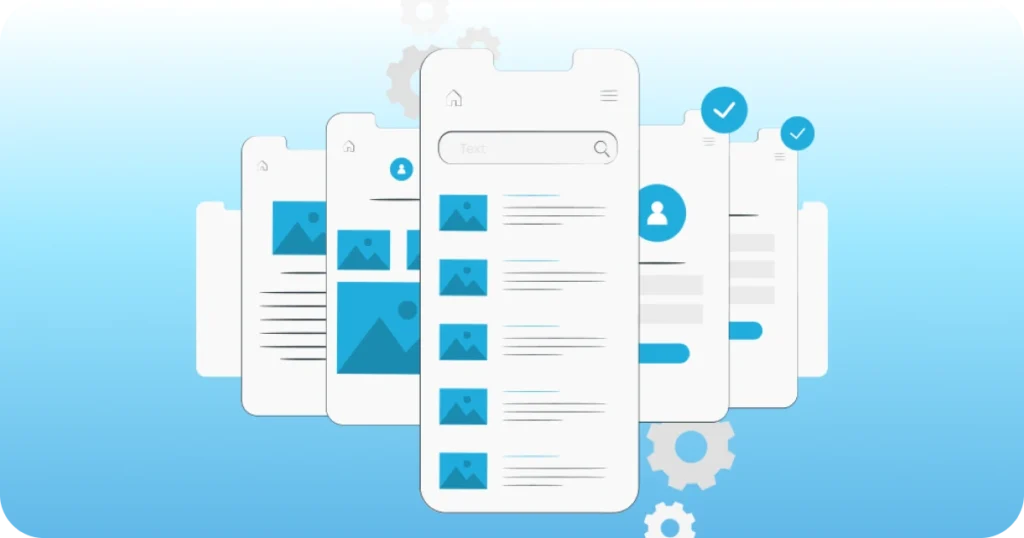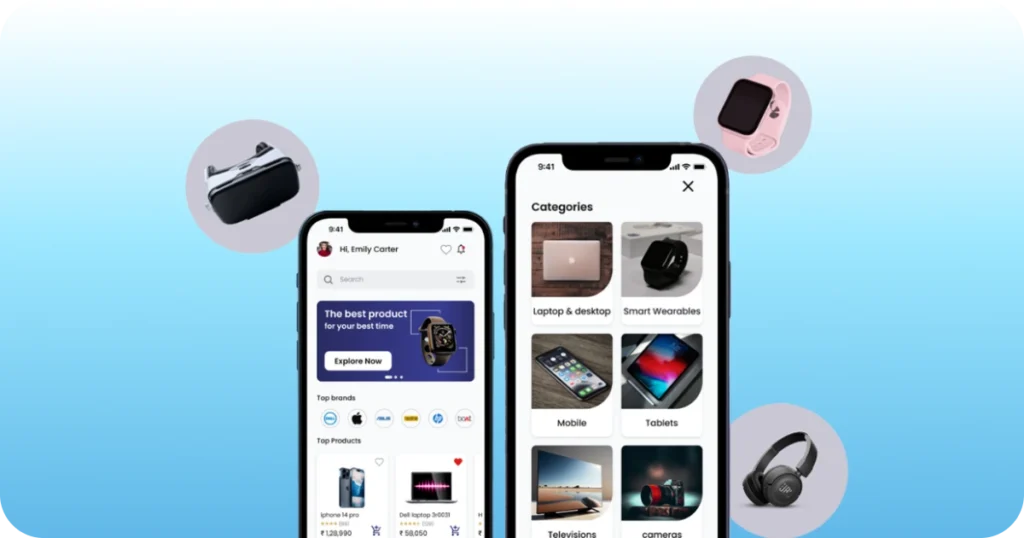In the competitive world of mobile apps, attracting users is just the beginning. Retaining these users and ensuring they continue to engage with your app is key to long-term success. User retention is an essential metric that not only affects app revenue but also reflects how well your app meets user needs. In this article, we’ll break down the strategies and processes that can significantly improve your app’s user retention rate.
Understanding User Retention
User retention is the percentage of users who return to your app after their initial visit. A high retention rate means that users find value in your app, while a low rate indicates that users are leaving after a short time. Increasing user retention ensures that your app maintains an active and loyal user base, which is crucial for driving revenue, attracting new users, and maintaining a strong position in the app store.
Key Strategies for Increasing User Retention
Let’s explore proven strategies that can help your app retain users over time:
1. Optimize Onboarding for a Great First Impression
The onboarding process is a user’s first experience with your app. A smooth and engaging onboarding can set the tone for long-term engagement. Effective onboarding includes:
- A clear introduction to your app’s core features and value.
- Step-by-step guidance without overwhelming users.
- Options to skip tutorials for more experienced users.
Ensuring a seamless onboarding process reduces early churn and boosts user retention by making users feel comfortable and confident in using the app.
2. Personalize the User Experience
Users are more likely to stick around if your app meets their specific needs and preferences. Personalization can include:
- Tailored content based on user behavior and preferences.
- Customizable settings and notifications.
- Recommendations that add value based on past interactions.
A personalized experience makes users feel understood and valued, which encourages them to keep using the app over time.
3. Implement Push Notifications Strategically
Push notifications are powerful tools for engaging users, but they must be used carefully to avoid overwhelming or annoying them. Effective push notification strategies include:
- Sending reminders about relevant app features or updates.
- Using personalized messages based on user preferences.
- Avoiding excessive notifications to prevent app uninstalls.
The goal is to re-engage users and remind them of your app’s value without being intrusive.
4. Encourage Social Engagement and Community Building
Creating a sense of community within your app can boost user retention. Allow users to connect with friends, share achievements, or compete with one another. Features that encourage social interaction include:
- Social sharing options for achievements or milestones.
- In-app messaging and friend requests.
- Leaderboards or groups that encourage friendly competition.
When users can engage with others, they’re more likely to keep returning to your app for the social experience.
5. Incorporate Regular Updates and Fresh Content
Frequent updates and fresh content show users that your app is evolving and improving. Regular updates not only fix bugs but also introduce new features that keep the app exciting. Consider:
- Announcing new updates through in-app messages.
- Rolling out seasonal or limited-time features.
- Asking for user feedback on new features.
By continuously evolving, your app remains relevant and valuable, encouraging users to stay engaged over time.
6. Provide Responsive Customer Support
Good customer support can make a huge difference in user satisfaction. If users encounter issues and don’t receive timely support, they’re more likely to leave. Key support strategies include:
- Offering multiple support channels, such as in-app chat, email, or FAQs.
- Responding promptly to user queries.
- Showing empathy and commitment to solving user problems.
Effective customer support not only improves user satisfaction but also encourages positive reviews and referrals.
The Process of Improving User Retention
Improving user retention is an ongoing process that requires monitoring, analyzing, and adapting to user behavior. Here’s a simplified process to guide you:
Step 1: Measure Current Retention Rates
Use analytics tools to track user retention rates, identify patterns, and find out when users are most likely to drop off. By understanding these trends, you can make more targeted improvements.
Step 2: Analyze User Feedback and Behavior
Understanding why users leave is key to increasing retention. Gather feedback through surveys, reviews, and in-app messaging. Track user behavior to see which features are most popular and which ones cause users to churn.
Step 3: Implement Retention-Boosting Features
Based on your analysis, make updates to address pain points. Add features, optimize the onboarding experience, or improve the interface to make it more user-friendly.
Step 4: Monitor Changes and Iterate
After implementing changes, monitor their impact on retention rates. If you see positive results, continue iterating on those features. If results are mixed, gather more user feedback to further refine your approach.
Conclusion
Increasing user retention is essential for any successful app. By focusing on a smooth onboarding process, personalizing the user experience, sending thoughtful notifications, fostering community, and maintaining an evolving product, you can ensure that users keep coming back to your app. At the heart of user retention is the commitment to provide value consistently, listen to user feedback, and make necessary improvements.




